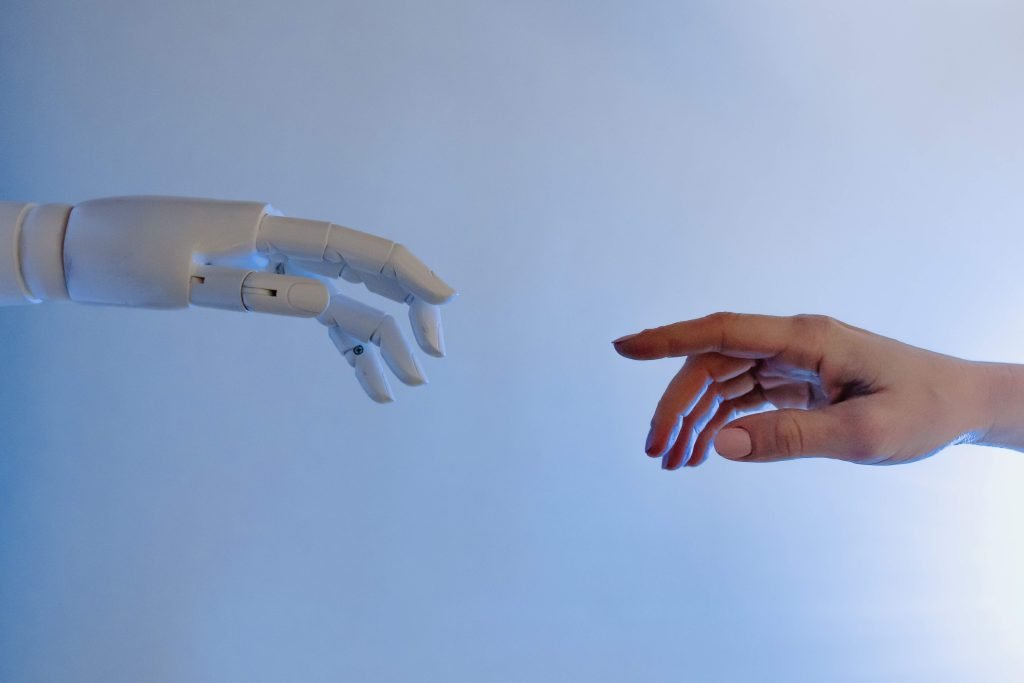6 Proven Strategies for Boosting SEO with Image Optimization

Image optimization is a simple strategy to up your SEO game. Here are some easy tips to implement!
The Guide To Using AI For Keyword Research

As a digital marketer, using the right keywords in campaigns is crucial. Here’s how AI can help!
Top 4 Examples of Mobile Marketing & Why They Work

Here are some great examples of how brands have utilized their mobile apps to elevate their marketing strategy!
5 Ways To Generate Marketing Leads For Real Estate

As a realtor, do you find it challenging to generate leads? Discover 5 effective ways to draw potential clients through real estate marketing.
Event Recap: ‘Tropical Tides & Business Ties’: A Night of Connection, Celebration, and Gratitude

We threw a fun BBQ networking event in August to celebrate the summer and local brands!
7 Steps to Crafting a Memorable Brand Story

Ready to captivate your audience and leave a lasting impression? Unlock the secrets to brand storytelling that resonates!
Chatbots vs. Human Help: Which One is Better?

Uncover the advantages and drawbacks of chatbots and human assistance in the context of customer service and digital marketing!
5 Content Tips to Make Your Website Visitors Stay Longer

Here are fundamental tips to create, structure, and present content to get users to stay longer on your site!
